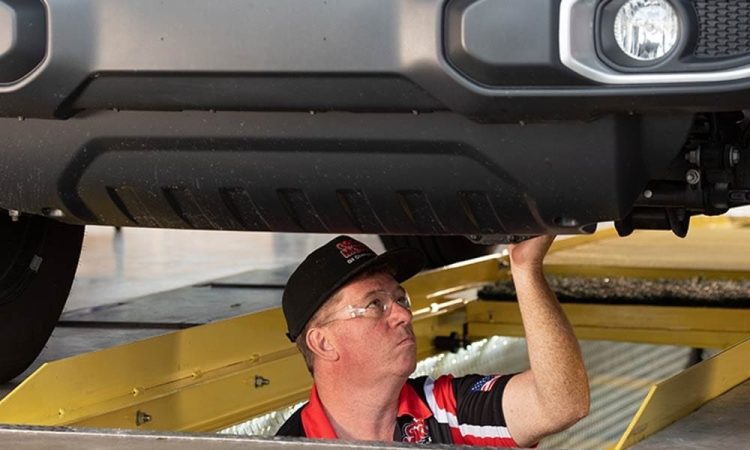
Fuel lines carry fuel from the tank to the engine. These lines must stay clean for steady operation daily. Dirt or water can enter and block the flow. That block can reduce power and harm safety quickly. The expert looks for signs of such trouble carefully. So a full check is part of service work. Then the car runs smooth and strong every time. A healthy fuel line is the heart of the system. This inspection protects both engine life and driver safety.
Signs of Dirt in the System
Dirt can enter fuel lines during filling at stations. This dirt builds up slowly inside the narrow path. The expert watches for rough flow or weak pressure. That weak flow may point to hidden dirt inside. So the expert cleans or replaces the dirty line. Then the car works better with steady fuel again. The driver feels smoother acceleration after the dirt is gone. Dirt can harm an engine more with every mile. A clean line helps engines work longer with strength.
Detecting Debris During Inspection
Small debris may reach the line from the tank. This debris can block the path of fuel quickly. The expert may see dark particles during a test. That test shows the level of blockage within the line. Then the expert clears the debris with safe tools. So the fuel returns to steady flow without delay. This inspection helps prevent engine failure and costly repairs later. A blocked line is a serious threat to safe driving. Debris removal by Auto Repair in Lynden, WA restores strong power and engine reliability again.
Water Contamination in Fuel Lines
Water can enter the fuel line through bad seals. This water mixes with fuel and weakens combustion power. The expert looks for rough idle or misfire signs. That misfire is often linked to water presence inside. So the expert drains the line and dries it carefully. Then fresh fuel is added to restore clean flow. This process keeps the engine safe from deep rust damage. Water can harm both fuel lines and pumps with time. A dry line ensures strong and lasting fuel delivery.
Testing Methods Used by Mechanics
The expert uses pressure checks to see hidden issues. A weak reading shows dirt or water in the line. So the expert investigates further with careful testing steps. A visual test may also reveal cracks or debris spots. Then the expert confirms the contamination with sample checks. This careful process avoids mistakes and saves time for drivers.
Conclusion
Fuel line contamination can harm cars in many ways. Dirt debris and water all reduce power and safety. The expert detects these issues with careful tools and tests. Then the expert cleans or replaces the weak line fully. This ensures smooth fuel flow and strong engine operation daily. So a driver gains peace through trusted expert inspection work. A healthy line gives safe performance on every single road. The process protects both car health and human safety long term. Fuel line care is always vital for smooth driving.





